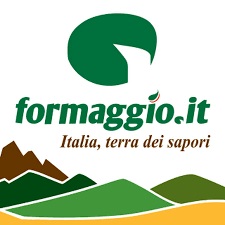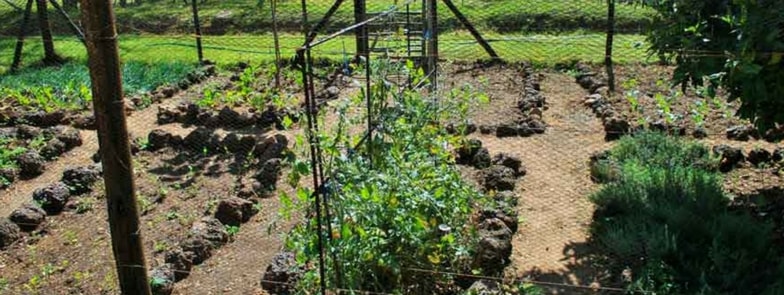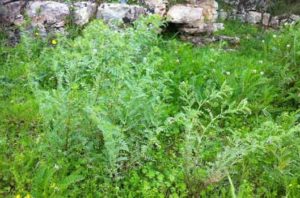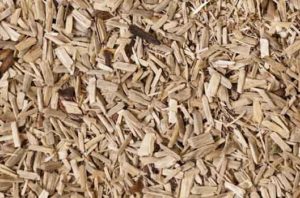NATURE WAS ONCE USED, NOT EXPLOITED.
Did the morphology and the climate of the territory have influenced the way we eat?
it is a news by www.formaggio.it
Over past centuries the different climate “forced” the man into fed himself according to the place’s characteristics where he was living. Italian territory different characteristics due to different geographical positions, always influenced the way of life, the job, and the diet, of course, which followed the seasonality, due to the availability of farmed products.
It was not usual to eat as well as we use to say “agri-food”, but it was used to eat foods which were simply produced in the fields. Also, foods changed up to what the farmer cultivated and ut to which was available around lands, free and wild, including game. Starting from those assumptions it is easy to understand how the countryside’s land as well as the mountains’ land was exploiting in according to the territory and its morphology. Furthermore the human skills were over exploited despite few tools.
It was common if there were mountains, in the most steep slopes, herbs were spontaneously grown by the nature and cutted by men, after that dryed “under the sun” herbs should easily brought downstream to were been stored into haylofts. If there were valley bottoms and lowlands, the simply tasks in cultivating allowed the soils been worked according to intensive and extensive crops. The “mantra” was simple “follow the various climatic changes and the morphology of the lands”. Today, on the contrary,the soil is overexploited and with no rest, in according to get the most profitable results.
If we compare past and nowadays the big difference is: the nature was once used and not exploited.
Which is written above affect the actual food production. Once the food use was fit to area’s weather, the weather also affect decision about what to produce. For example, consider how butter is used and eaten. The butter is a milk byproduct, which was made especially in the Alps mountains where the climate allowed to exploit cold temperature for storage and people used it to supply energy while working.
Climate and land also affect more warmer places, such as our Southern part of Italy. Here needs were the opposite of those in the Alps or, and for example consumption of butter became really problematic as well as it was problematic to kept it in cool places.
Today everything is overturned, it does not exist anymore, or almost, the use to use food considering climate facts. The Italian agro-food production – that is listed in the traditional products paper (PAT) – still exist, even if those products are much lower than commercial ones. Their promotion and how to valorize them should be one of the first concerns of all.
Today it is possible to find mozzarella from the Alps, and the sheep butter from Sardinia. We do not have to force the protection of these products and production techniques according to the morphology or the climate of their land. Also we do not have to force in eating that products only in the place of origin. Today we take advantage of rapid transport system, fortunately.
But, in according to keep protected traditional products, we have to force ourselves for choosing healthier foods, this could mean “products like ones were produces over years before”.
I do not have to use my fantasy in saying the marketing and online sales improved product promotion, for sure, even for those products difficult to find. But marketing and online sales made happen changes in how traditions are perceived by customers. Today, we can not reject global trade if we ourselves have globalized our lifestyle and our diet which is moving far away from the Mediterranean diet, the most famous and the most envied.
But it has to be noticed: Italy is “made” of traditional foods. If we do not buy these traditional products and if we do not start having them on our tables and diet… these products will never reach the market they deserve.
Written by Michele Grassi for Formaggio.it;
(link: www.formaggio.it)
Formaggio.it – the ambassador of Italian cheese in the world. One cheese is one territory. A clump, so many clusters of an Italy that has a paradisiac landscapes and unique cultural and artistic resources with an acknowledged charm. Italian cheeses relate their external function of knowledge and connection of individual territories with the external market to increase the appeal for visitors. Formaggio.it develops this vocation with his channel which motivates the tourist-gourmet by taking on the various types of promotional cheeses for the specificities and potentials of provinces and towns.
You can read news, info and researches about Formaggio.it
(link: www.formaggio.it)It is an editorial project by Boraso.com
(link: www.boraso.com)
photo credits
(link: www.pixabay.com)
#Tipici
#Puglia #Basilicata




